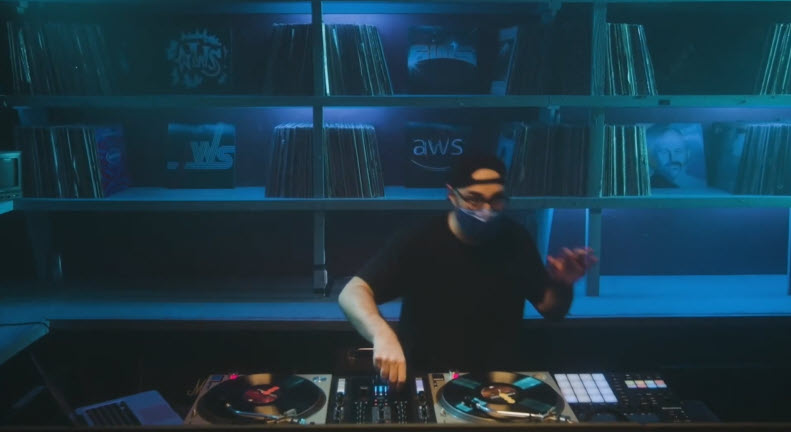AWS News Blog
re:Invent 2020 Liveblog: Werner Vogels Keynote
|
|
Thanks for joining us as Jeff Barr, Martin Beeby, Steve Roberts and Channy Yun liveblogged Dr. Werner Vogels’ Keynote, where he shared how Amazon is solving today’s hardest technology problems. See the recap below.
And if you missed them, be sure to check out our re:Invent 2020 liveblog recaps for Andy Jassy’s Keynote, the Partner Keynote, the Infrastructure Keynote, and the Machine Learning Keynote.
Martin Beeby 10:04 AM
“There has never been a better time to use your knowledge, skills and talents to make a difference in the world. Now Go Build!” I love that ending.
Channy Yun 10:03 AM
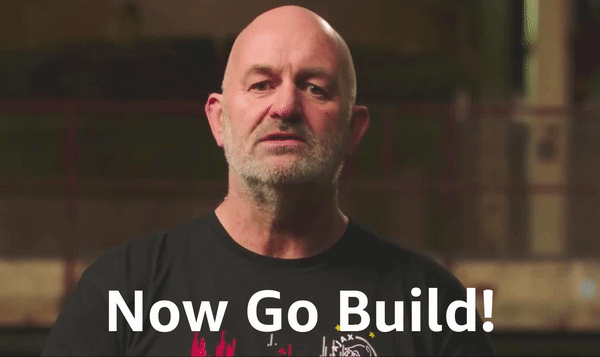
Steve Roberts 10:01 AM
To go with Werner’s discussion on observability this morning, we launched a couple new AWS Systems Manager capabilities to further the ambition towards “single pane of glass.” First, Fleet Manager to enable sysadmins to administer their cloud or on-premises compute fleets. Then, Change Manager, enabling ops engineers to track, approve, and implement operational changes to their application configurations and infrastructures. And finally, Application Manager, which aggregates operational information for your applications into a single console.
Steve Roberts 9:54 AM
Meet customers, whoever they may be, where ever they are – and go build!
Channy Yun 9:52 AM
Quantum computing will change science. Learn more in Amazon Quantum Solutions Lab.

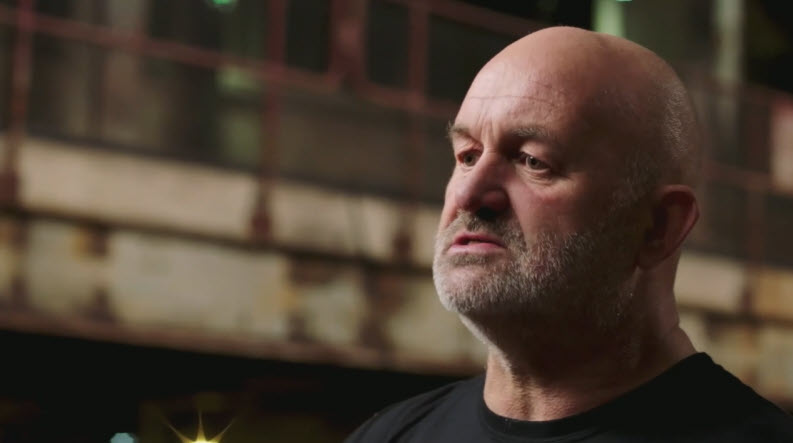
Steve Roberts 9:51 AM
I only just noticed that logo, now I know what you were all talking about as I couldn’t figure where async JS and XML was coming into things!
Martin Beeby 9:50 AM
I know Werner’s t-shirt is about the football team AJAX, but as a dev, I can’t fail to see an “Asynchronous JavaScript And XML” T-shirt.
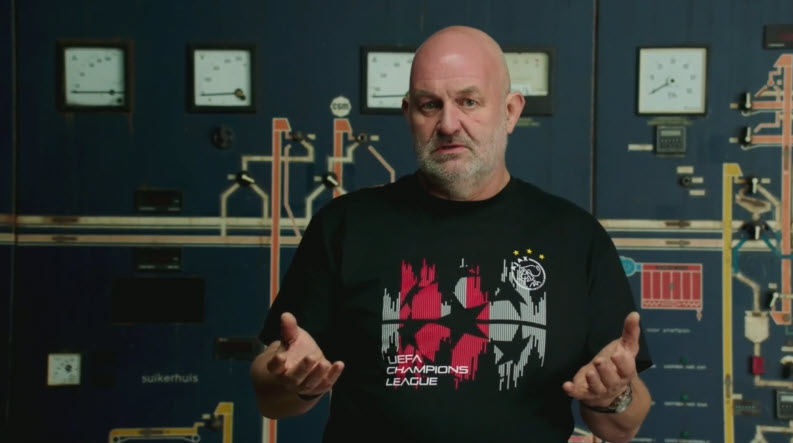
Steve Roberts 9:49 AM
Machine learning is applicable everywhere – improving services, the development lifecycle, business operations, end-user outcomes. Not just where you might think ML is traditionally applied.
Martin Beeby 9:45 AM
Werner is now showing the AWS Panorama Appliance. I wrote about it on the News Blog last week.
Steve Roberts 9:43 AM
Uh oh, monitoring failure. I was so enjoying that talk by Becky that my coffee went cold.
Martin Beeby 9:40 AM
Announcement: a preview of Amazon Managed Service for Prometheus (AMP) and Amazon Managed Service for Grafana (AMG).
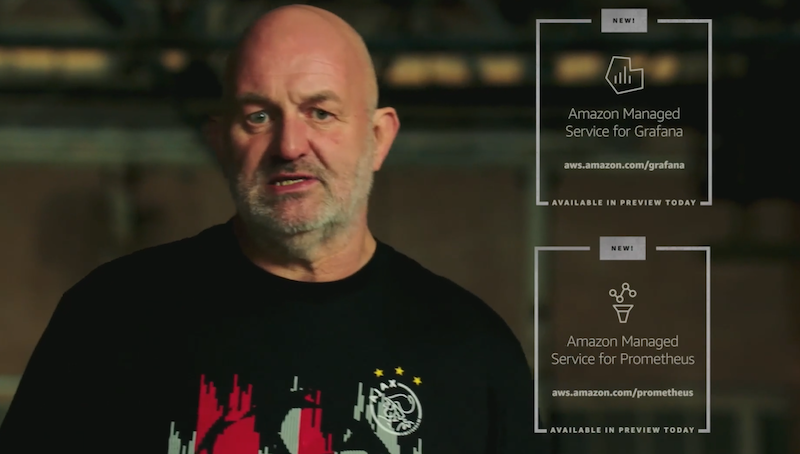
Jeff Barr 9:37 AM
Curious optimistic pessimist….
Martin Beeby 9:37 AM
This Becky Weiss is a fantastic speaker, so engaging and animated.
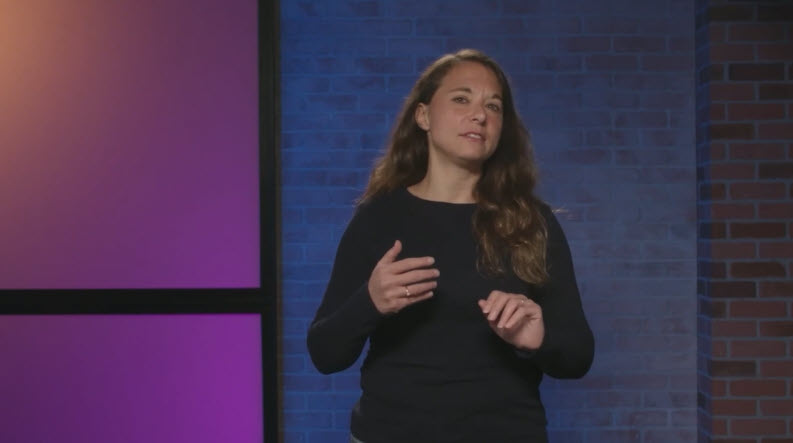
Jeff Barr 9:34 AM
Up and to the right, as we often say…
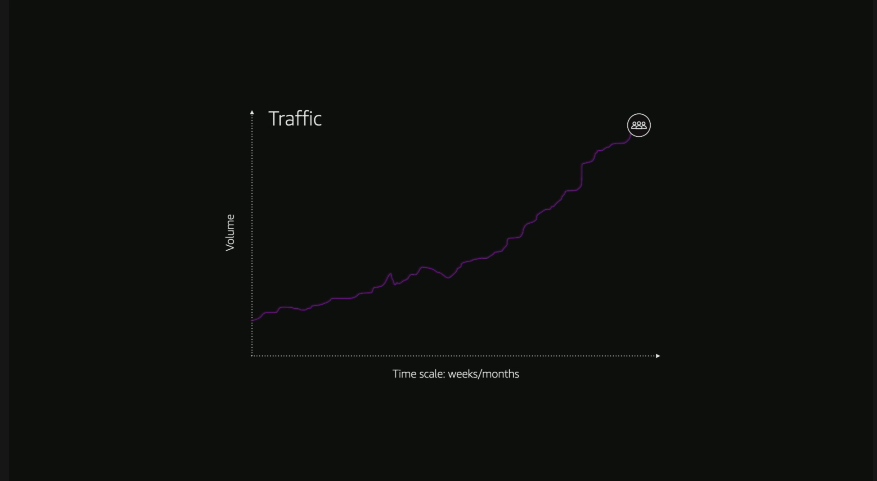
Steve Roberts 9:33 AM
“Automation is necessary, but not entirely sufficient, for operational excellence.” Enter pessimistic curiosity!
Martin Beeby 9:32 AM
We are now joined by Becky Weiss, Senior Principal Engineer at AWS
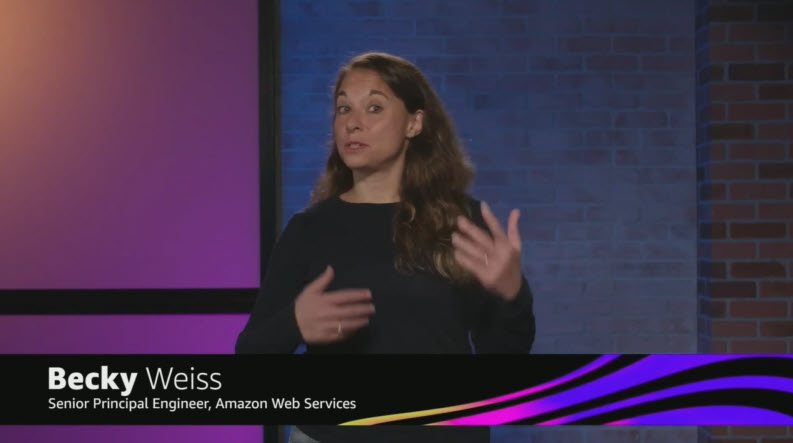
Steve Roberts 9:30 AM
To (misquote) a certain “Fellowship” movie – you SHALL pass the trace ID!
Channy Yun 9:27 AM
I recommend another session of “Monitoring Production Services at Amazon” presented by David Yanacek, Sr. Principal Engineer, AWS Lambda.
Steve Roberts 9:27 AM
In essence, we are well beyond the ability of humans to handle observability and intuit from the mass of data what is wrong, or going wrong. Unlike the sugar processing operators!
Steve Roberts 9:25 AM
This is a great dive into logging, and monitoring metrics. So many details to consider when you are dealing with systems at scale generating terabytes of data, and likely more as we go forward.
Jeff Barr 9:22 AM
Cardinality has nothing to do with birds, it turns out!
Martin Beeby 9:18 AM
Observability has three main components.
- Logging
- Monitoring
- Tracing
You should Log everything.
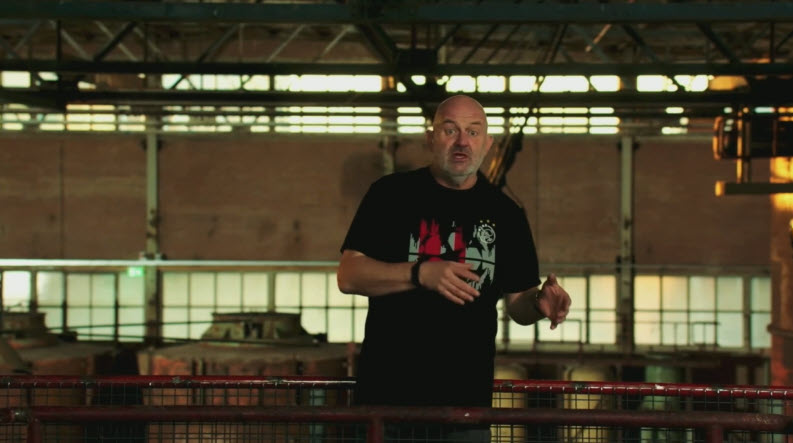
Steve Roberts 9:17 AM
Metrics, counters, logs, customers – all have data on how things are working. Impossible to get all this data onto a dashboard and massive amounts of data are involved. In observability we look at how, without reaching into a system, we can infer its state from its outputs. Metrics, logging, and tracing are the key pillars.
Channy Yun 9:17 AM
Monitoring != Observability
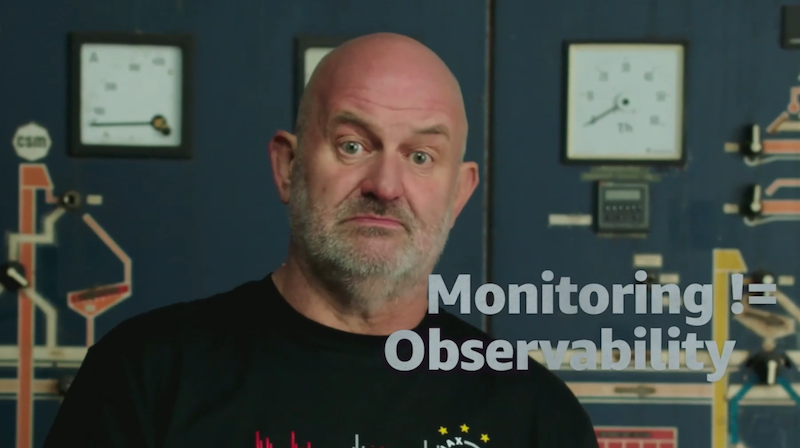
Steve Roberts 9:14 AM
In our automated, digital world, our ears and eyes are not sufficient. Monitoring and alarming only allow us to take action when things break, not before they do.
Steve Roberts 9:13 AM
Factories are living, breathing things and people who spend all day there know when something is wrong.
Jeff Barr 9:13 AM
I dare you to push that button, Werner!
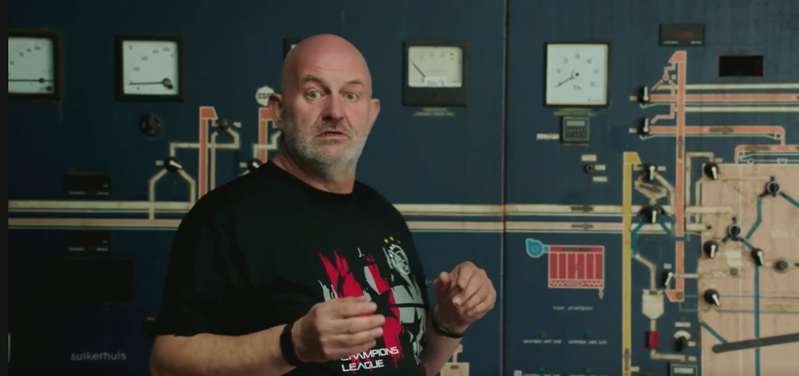
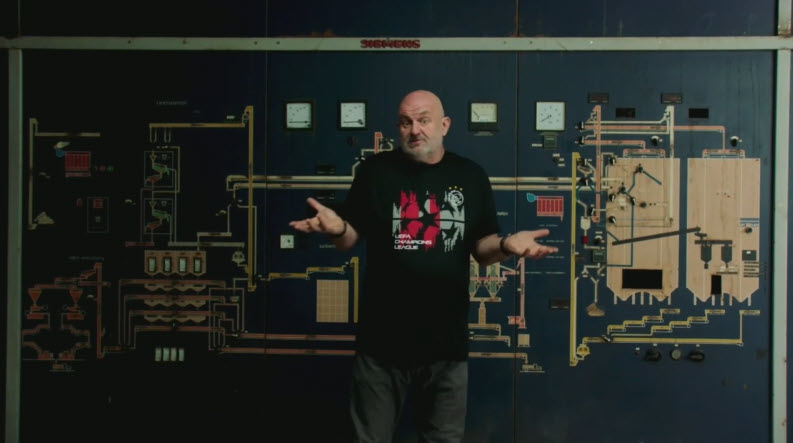
Steve Roberts 9:11 AM
How can you infer an internal state from outputs? In physical systems, we can use sensors for temperature, pressure, etc. But how does this apply to digital systems?
Channy Yun 9:10 AM
Yes! The goal of chaos engineering is to understand how your application responds to issues by injecting failures into your infrastructure like automated reasoning –it’s for everyone, not only large scale like Amazon or Netflix.
Steve Roberts 9:09 AM
Most people think of chaos engineering as helping with resiliance. But it can also uncover performance and operational issues.
Jeff Barr 9:08 AM
The Fault Injection Service is really cool. My blog post is underway and I look forward to publishing it when the service is ready. Every time I open the post I want to use the phrase “You broke it, you bought it.”
Martin Beeby 9:08 AM
Pre- Announcement: Chaos Engineering for everyone. AWS Fault Injection Simulator
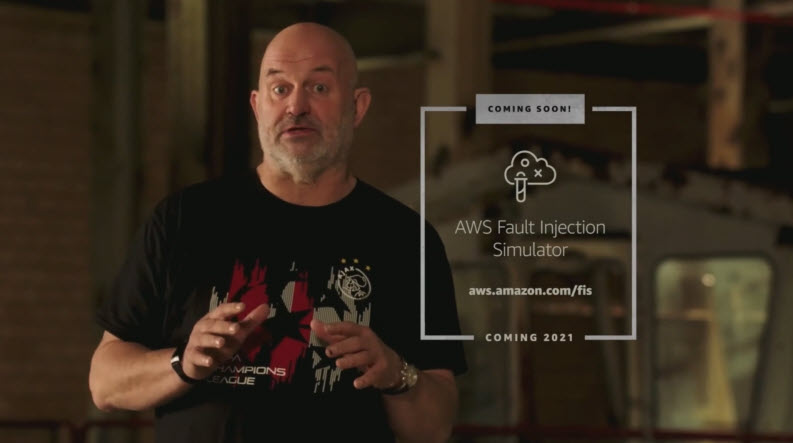
Jeff Barr 9:07 AM
I have tons of dark chocolate over here in Seattle, Steve. Come on over… just wear a mask!
Steve Roberts 9:06 AM
“Unexpected things happen” – words to live by… (As in…I just ran out of my dark chocolate digestives. Should have grabbed another pack.)
Jeff Barr 9:05 AM
Fuzzing is almost as good as having young children bang random keys on the keyboard!
Steve Roberts 9:03 AM
Automated reasoning is a great tool to use in the design phase to identify gaps before any data leaks. Since humans are not used, it scales. And the design can be mathematically proven to help with confidence. Fault handling code is infrequently exercised – so how do you know it works?
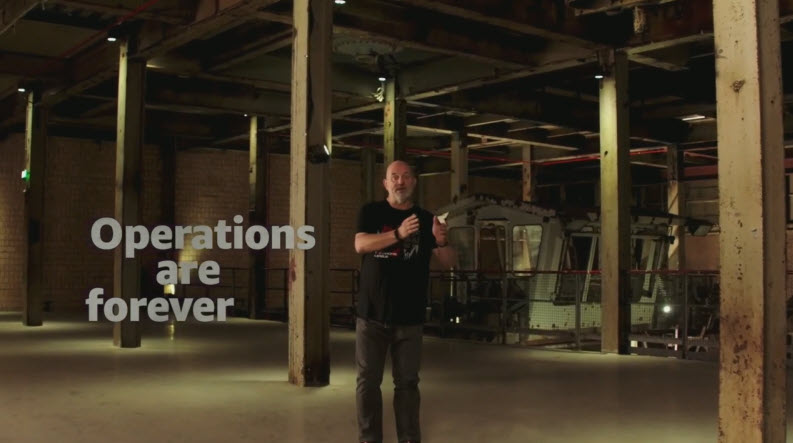
Jeff Barr 9:02 AM
Our development teams have the flexibility to choose the tools and languages that are the best for the job at hand.
Martin Beeby 9:01 AM
You can learn more about the VPC Reachability Analyzer, which Werner is talking about in this blog post from our colleague Kame.
Channy Yun 9:01 AM
Werner talked about VPC Reachability Analyzer, a network diagnostics tool that troubleshoots reachability between two endpoints in a VPC, or within multiple VPCs. It is one of my favorite re:Invent launches. Here’s the documenation.
Steve Roberts 9:01 AM
We’re now back to talking about tools, in this case access analyzers using automated reasoning in conjunction with your configuration requirements to verify things act as you expect.
Jeff Barr 8:58
Werner: “Encrypt everything!”
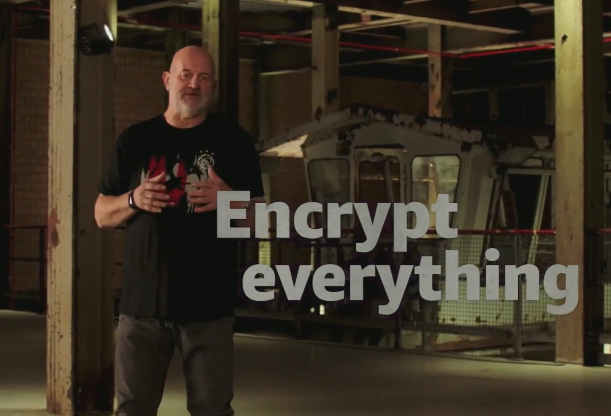
Jeff Barr 8:57 AM
Werner is now talking about S3’s journey from eventual consistency to strong consistency, and how we used formal verification to ensure that we have addressed all of the edge cases. Here’s the post that I wrote when we announced strong consistency.
Martin Beeby 8:55 AM
AJAX!
Steve Roberts 8:55 AM
Majority of S3 access is now machine-to-machine.
Steve Roberts 8:54 AM
Werner – “Everything fails, all the time”
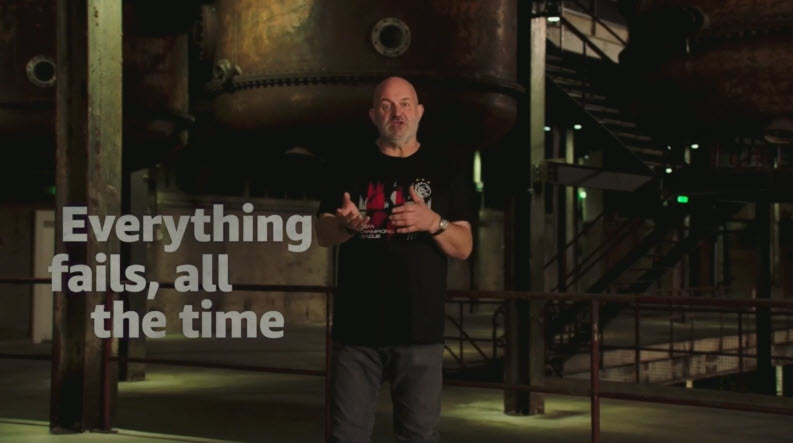
Steve Roberts 8:53 AM
Reasoning about application flow – what inputs and outputs are driving each step, and what’s the eventual output – is reasonably simple for small applications. But when we move to large scale, distributed systems, humans can get overwhelmed and fail to comprehend the complexity. This brings us to automated reasoning, and mathematically proving a system will do what it is expected. As you might expect, this is difficult and expensive.
Channy Yun 8:48 AM
Here is some recent news – Zoom has selected AWS as its preferred cloud provider, too. AWS and Zoom are collaborating to develop new solutions for Zoom’s enterprise users, leveraging the breadth and depth of AWS to integrate Zoom services.
Steve Roberts 8:48 AM
When traffic is predictable, manual scaling is possible. The pandemic has exposed large traffic swings and unpredictability and we need to rethink architectures and scaling approaches. Case in point is Zoom, with the large upswing in educational use.
Martin Beeby 8:45 AM
We are now back in the factory with Werner, and he is talking about how our customer Zoom used AWS to scale; they saw 30x growth.
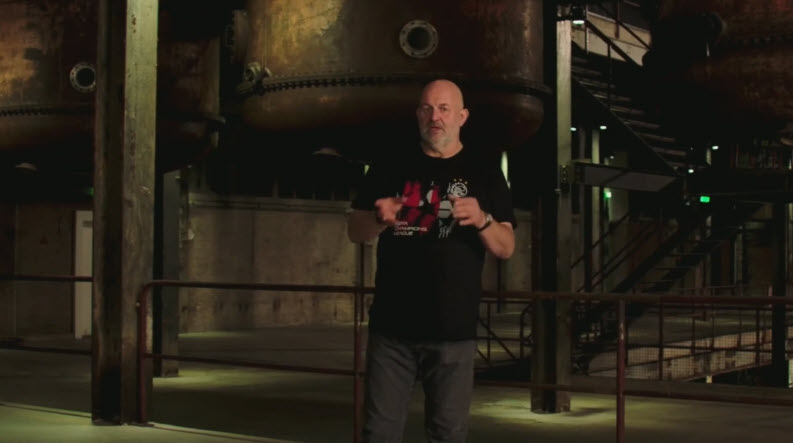
Jeff Barr 8:45 AM
As a huge fan of LEGO and after having been to LEGO HQ in Billund multiple times, I really enjoyed that talk!

Steve Roberts 8:42 AM
Lego using the AWS Well-Architected Framework to help drive their internal standards, and also looking to utilize chaos engineering to verify resiliance before there’s an operational incident.
Steve Roberts 8:42 AM
Nicole is talking about how Lego moved from an on-premises monolith servicing the lego.com storefront that saw spiky workloads, and ultimately failed due to a small piece of functionality used to calculate sales tax when a new Millenium Falcon set (I want one!) was released – that small component simply overwhelmed the back-end. They moved to a serverless architecture that allows the various components to scale independently and handle traffic flows. They now have over 260 Lambda functions. To support this growth, automation was key.
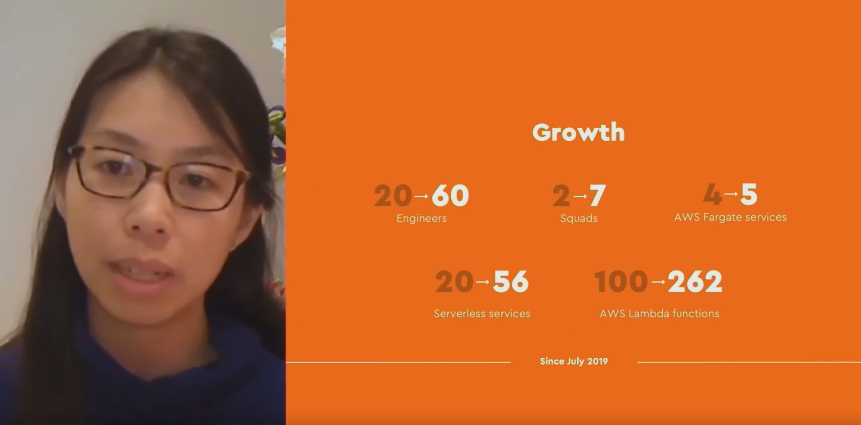
Channy Yun 8:41 AM
If you want to hear more LEGO.com serverless story, please see a session of “How LEGO.com accelerates innovation with serverless.”
Jeff Barr 8:38 AM
Each layer scales automatically and independently.

Martin Beeby 8:38 AM
We are now joined by Nicole Yip, the Engineering Manager, Direct Shopper Technology, The Lego Group.

Jeff Barr 8:37 AM
Next up, Nicole Yip from LEGO!

Steve Roberts 8:36 AM
This generator room is quite the contrast to what we saw in the Infrastructure keynote last week!
Steve Roberts 8:33 AM
Some great learning resources mentioned there – Amazon Builders Library, AWS Academy, and AWS re/Start.
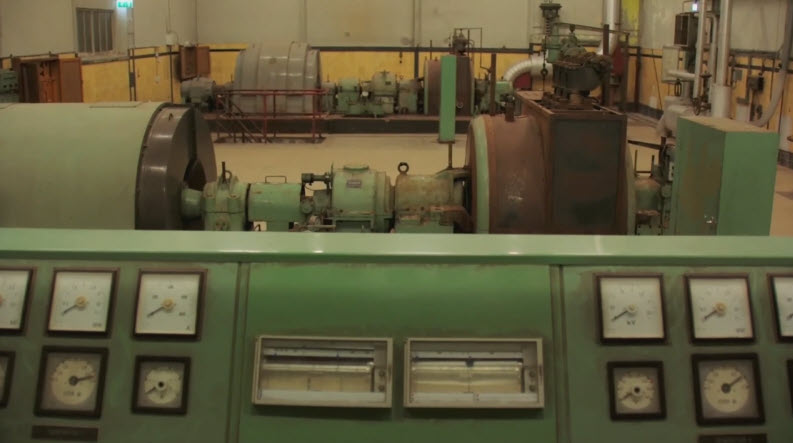
Jeff Barr 8:31 AM
I think he learned Rust from that old factory!
Martin Beeby 8:31 AM
Apparently, Werner learned Rust during the early days of the pandemic. That’s a language I should put on my TODO list.
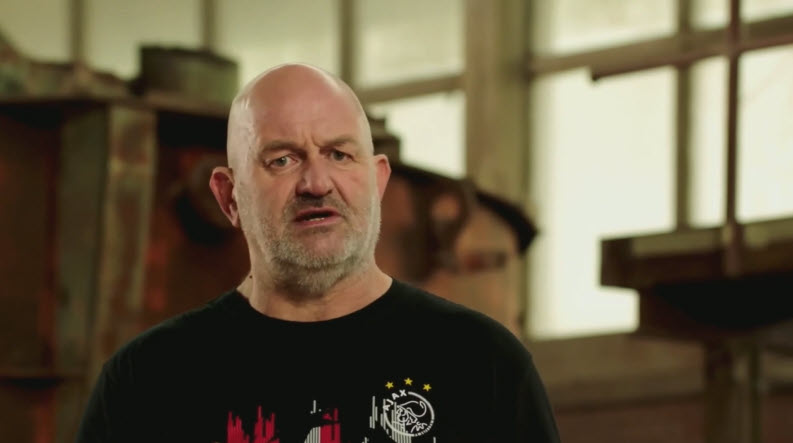
Jeff Barr 8:31 AM
Here’s the blog post that I wrote for AWS CloudShell.
Martin Beeby 8:28 AM
Werner is now talking about Graviton2. I love the potential of these chips. I am getting great feedback about .NET performance using them.
Steve Roberts 8:27 AM
A timely reminder as Werner talks about .NET 5 and Graviton2 – my colleague Kirk Davis recently published a blog post on the subject, with benchmarks on the performance he observed.
Martin Beeby 8:27 AM
Well Steve you can head over to Halfweg in the Dutch province of North Holland and do your own photography session. https://www.sugarcityevents.com
Steve Roberts 8:26 AM
Werner is asking what can we do as app developers to aid in reaching sustainability goals? The AWS cloud model of charging only for what you use helps towards this, but some customers want to go further and analyze the impact on sustainability of their architectures.
Steve Roberts 8:24 AM
I love this location that Werner is speaking from; I could see myself spending many happy photographic hours there when I next get to visit Holland.
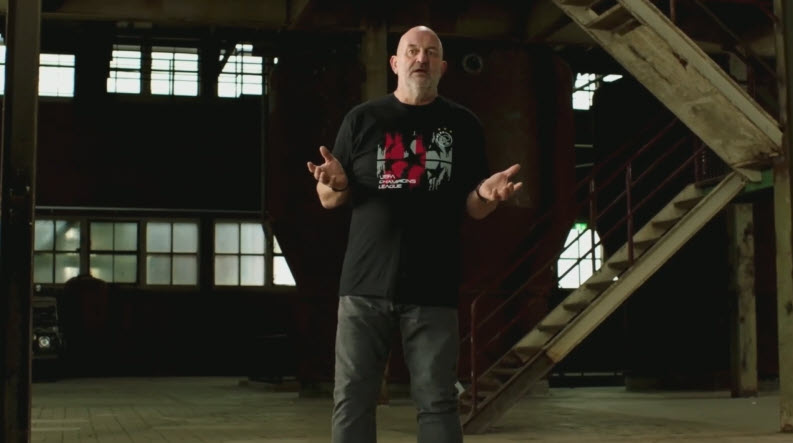
Steve Roberts 8:22 AM
This is all about making the right tools available, whenever you need them, from wherever you are.
Steve Roberts 8:21 AM
Not just an AWS command line shell however; it includes a bunch of other non-AWS tools and you can install whatever other tools you need, for example the AWS CDK.
Martin Beeby 8:21 AM
Announcement: We’ve launched AWS CloudShell, with the goal of making the process of getting to an AWS-enabled shell prompt simple and secure, with as little friction as possible. Simply click the CloudShell icon in the AWS Management Console to get started.
Steve Roberts 8:20 AM
Cloud9 has become extremely popular in education. Console is great for exploring services, but some (including Werner), prefer a terminal. This brings us to CloudShell!
Jeff Barr 8:19 AM
Yay for the Amazon WorkSpaces mention — I have been 100% on WorkSpaces for many years, and still marvel at how helpful it is to always work from a single, persistent, cloud-based environment regardless of where I am sitting.
Steve Roberts 8:18 AM
Tools should not be part of the heavy lift of IT, they should help you get your job done, no matter where you are. Desktop, laptop, workspace, location – your choice.
Steve Roberts 8:15 AM
Great story from Lea von Bidder from Ava on how women’s fertility health needs are lagging compared to changes in other healthcare technology areas. Ava has created a bracelet and fertility app for women, and as a result has helped over 40,000 couples get pregnant. They have (and anticipated) a huge dataset, with exponential growth if successful, and an increasing need for compute power to drive the AI analysis. This year, they were successful in taking advantage of their cloud architecture and resources to diversify their app to help with Covid-19 diagnosis.
Channy Yun 8:14 AM
Ava used Amazon S3 to operate 300 terabytes of health data in a reliable and secure way.
Martin Beeby 8:08 AM
We are now joined by Lea von Bidder who is the CEO at Ava.

Steve Roberts 8:07 AM
Downtime is also an opportunity to accelerate and innovate.
Steve Roberts 8:06 AM
Developers can work anywhere – and at AWS have been doing so for some time. But, not all customers or companies are so lucky. Some are choosing to refocus, by choice or other needs, like the Sugar City which was “refactored”
(shall we say) to a retail and entertainment space. Diversify to withstand hardships.
Jeff Barr 8:04 AM
Our robust procurement processes allow us to scale and keep up with demand even when other cloud providers are struggling.
Steve Roberts 8:03 AM
Our needs are changing, and we need to take stock of where we are, and where we are going.
Jeff Barr 8:02 AM
Blending the past and the present — the old sugar boiler and an AWS Snowcone:
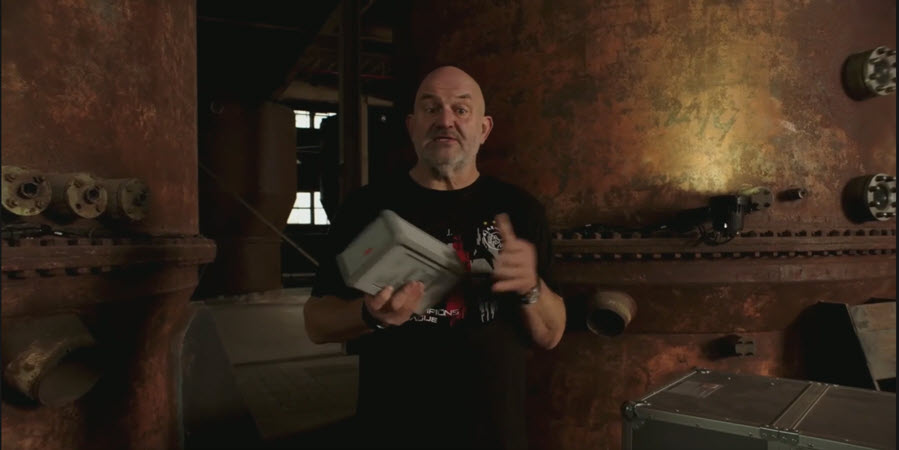
Steve Roberts 8:02 AM
This factory has stood for over 150 years, and contains lots of stories, from which you can learn a lot, even today – if you know where to look.
Martin Beeby 8:00 AM
Werner is in Sugar City to give his keynote:
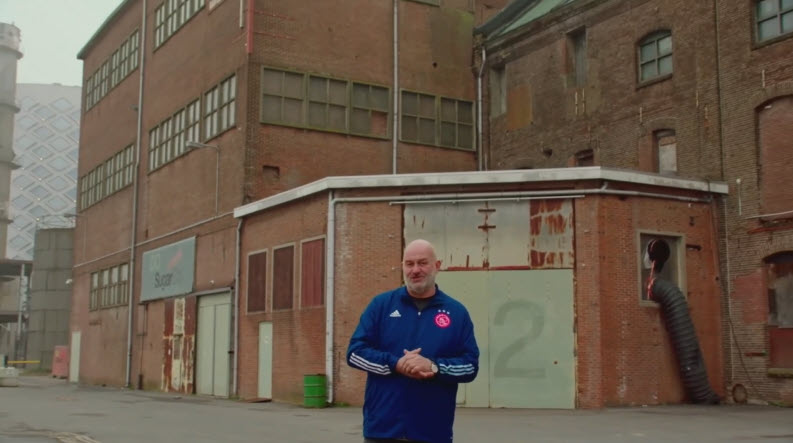
Jeff Barr 7:59 AM
Creativity, the right tools, and room to build!
Steve Roberts 7:59 AM
Hello everyone from a very soggy Bellevue, just outside Seattle!
Martin Beeby 7:58 AM
Enjoying this in Northampton, England, where are the other live bloggers watching this keynote from? Werner is showing a video of him in Amsterdam. His home town.

Jeff Barr 7:58 AM
Hello from Seattle!
Channy Yun 7:55 AM
Last year Werner wore an Osdorp Posse (cult Dutch hip hop group) t-shirt for his re:Invent keynote. Wonder what t-shirts he’ll wear this year? This is one of the traditions of re:Invent.
Channy Yun 7:53 AM
I just want to start “What’s Next of Dr. Werner Vogels’s T-shirts?”
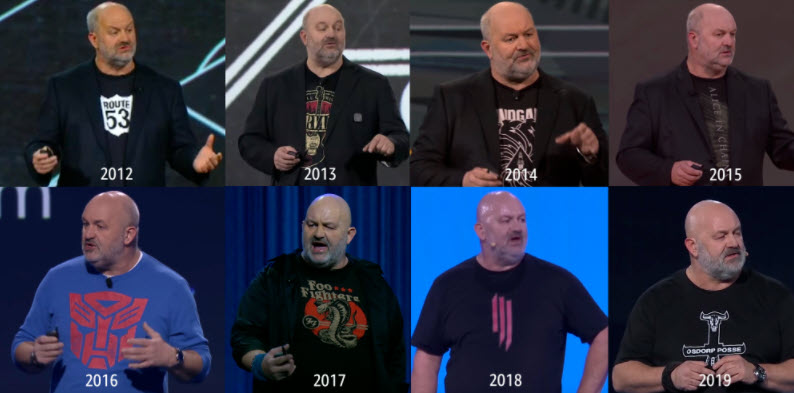
Martin Beeby 7:45 AM
Not only is this guy a master of the turntables, but he also holds the world record for the tallest bookshelves.
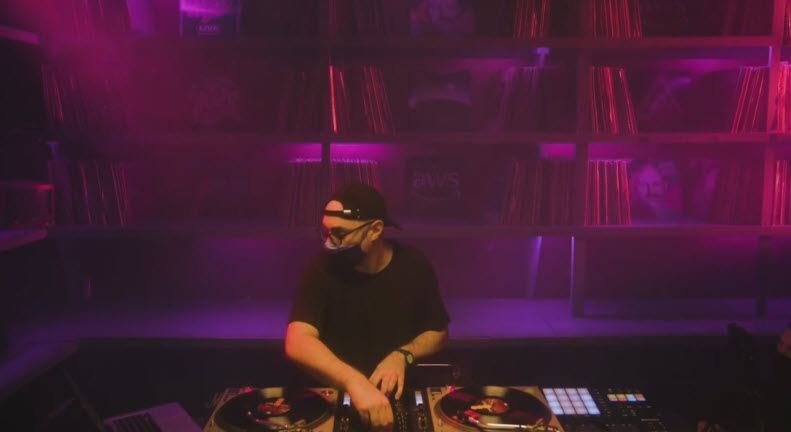
Martin Beeby 7:42 AM
We expect Dr. Werner Vogels to take the stage at 8am PST (so in 15 minutes). I like covering all the keynotes, but the dev keynote is my favorite. In the meantime, let’s just appreciate how good this guy is at mixing.
Martin Beeby 7:38 AM
Things have started with a little music, I am not sure because of the mask, but I think this is Shiftee. He is a regular pre keynote performer, and I am sure he did the pre-show at Werner’s keynote last year. I am here in my little home office in Northampton, England, bopping my head, looking forward to helping liveblog this keynote.
